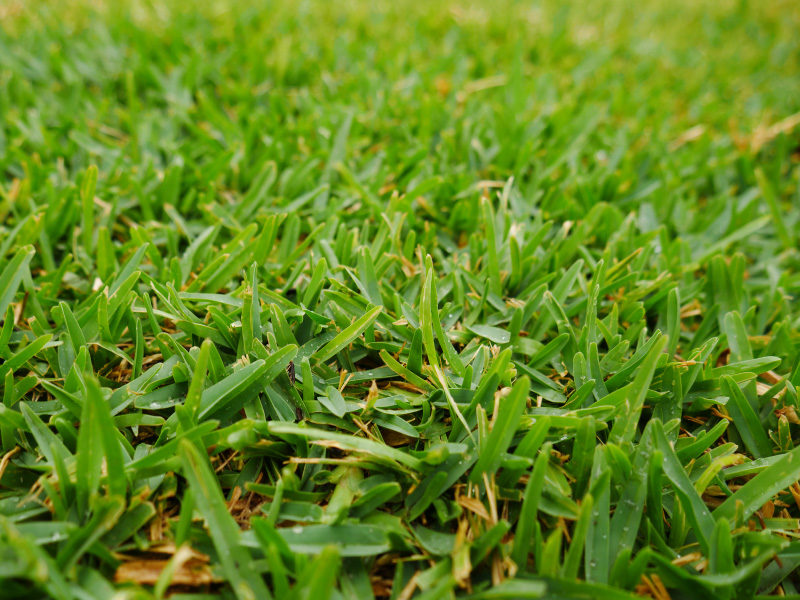The heat of summer might be leaving your lawn a little weaker and thinner than normal – and less able to defend itself from weed invasions. If you’ve discovered some unwanted weeds infiltrating your patch of green, the best thing you can do is treat the problem straight away. It’s not going to get better by waiting until it gets cooler! Here are a few weeds you might see in your lawn this summer, and how best to control them.
Bindii
Bindii is a menace during the warmer months when we want to get outside and use our lawn more. We’ve all felt the pain of stepping on the prickly seed pod of a bindii – so this pest needs to be swiftly removed.
Looks:
- A low growing weed with a flower at its centre.
- Small, light green fern-like leaves growing in flat rosettes.
- Small, flat brown seeds with sharp spines.
Behaves:
- Bindii is a perennial plant that behaves like an annual.
- It establishes from seed in autumn, actively grows throughout winter and begins to flower in spring. In summer it seeds and produces burrs with sharp spikes.
Remove it by:
- Hand removal is one option, although make sure you are removing the roots.
- Another is to treat it with a selective Bindii herbicide with active Bromoxynil. This is best done in early autumn or winter before seeding begins, although it can be managed with herbicide during summer as well. It will just take a little more work.
Creeping oxalis
Often mistaken for clover, creeping oxalis can be a major nuisance in lawns in summer and is an extremely invasive weed.
Looks:
- Very similar to clover.
- Small, light green, heart-shaped leaves in brackets of three.
- Small, five-petalled yellow bell-shaped flowers.
Behaves:
- The root system of creeping oxalis spreads widely, and sets down corms into the soil as it does. It can creep both under and through the lawn.
- It’s very hard to kill as it spreads in a variety of ways which allow it to easily recover from attempts to destroy it. Often the crown simply breaks off, leaving the roots to re-grow.
Remove it by:
- Hand removal is always a good option, preferably before it spreads too far.
- Dig out small sections of the creeper in your lawn.
- Larger infestations can be treated by herbicide applications such as All Purpose Weed Control. You may need to perform multiple applications to make sure all traces of the weed are gone.
Clover
While looking for four-leaved clovers might be a fun challenge, your lawn probably won’t enjoy a clover infestation.
Looks:
- Trifoliate green leaves with circular markings on thin stems.
- Small, white, ball-like flowers.
Behaves:
- Clover can spread at a rapid rate through your lawn without proper control, and spreads in many different ways.
- It can propagate from its own clippings, so you’ll need to make sure these are thoroughly removed from the lawn.
- It flourishes when nutrient levels in the lawn drop.
Remove it by:
- Hand removal by prying the roots out with a small gardening tool.
- Using a sharp knife to cut the plant off at its roots.
- Use of selective herbicide.
- Clover hates nitrogen, so increasing the fertiliser to your lawn will also help get rid of a clover infestation.
For a more detailed look at removing clover from your lawn, read this article.
Summer grass
Summer grass is a very common, fast-growing weed found in summer throughout Australian lawns.
Looks:
- Brown or red stems.
- Thin grey-green leaves.
- Fine spiky seed heads that shoot upwards.
Behaves:
- Summer grass is a prolific seeder, so you’ll need to get to it early before it spreads far and wide.
- Sends out shoots in all directions from its centre.
Remove it by:
- Summer grass is not hard to pull up, so the best way of getting rid of this pest is to remove it by hand – as long as you get to it early.
- You can also use a trowel to dig the plants out.
Dandelions
While the flowers are cheerful and bright, and the seed heads are fun, dandelions can cheerfully wreak havoc on your lawn and will take over given half an opportunity.
Looks:
- A round tuft of leaves topped by spiky yellow flowers which morph into white seed heads.
- Dark green, toothed leaves.
- Milky sap.
Behaves:
- They are a weak weed which is easily controlled but will also spread effectively and quickly if you’re not careful.
Remove it by:
- The best way to remove dandelions is to pull them out as soon as you see them sprouting, or cut them off at the roots with a sharp knife.
- They can also be killed by applying a broadleaf herbicide.
- Dandelions are easily controlled too by regular mowing, which removes the flowers before they have a chance to seed.
Also keep in mind that the best way to prevent weeds in your lawn in the first place is to select a variety of turf that will outcompete weeds easily. For a great range of turf options, click here.
Herbicide reminders
- Selective herbicides target specific weeds only, while non-selective herbicides will kill most plants, including your lawn grass.
- The wrong herbicide may kill a la.wn, so always check whether it’s safe to use on the type of grass you have. Consult your local lawn care professional to check the suitability of a product for your situation.
- Don’t be heavy-handed with your use of herbicide or pesticide, in the hope that the more you apply, the quicker you’ll get rid of the weed. It’s imperative to read the label and follow the directions strictly.
- Make sure you only spray the weed, not the ground. The product should not be running off the grass and collecting on the soil, as this can adversely impact the soil.
- Best practice is to spray weeds first thing in the morning.
- Herbicides are highly poisonous, so be sure to store them safely where children can’t reach them.
- After applying herbicide, keep children and pets off the lawn for several days, and preferably water the lawn before allowing it to be used again.
Horsham Turf carries a range of weed and pest control products. If you’d like advice on what to use on your lawn, contact us here.
To discover what lawn jobs you should be doing in summer to help your lawn survive the heat, click here.

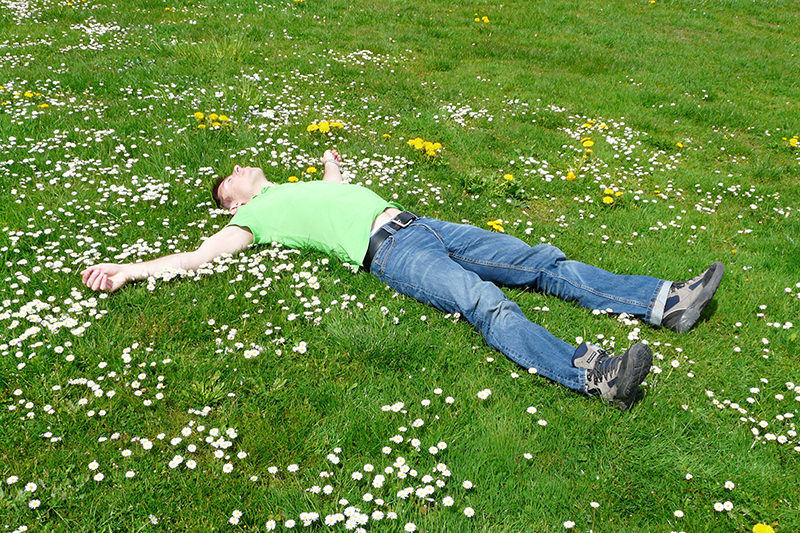
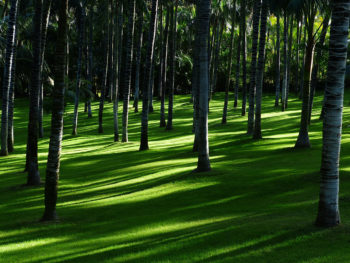
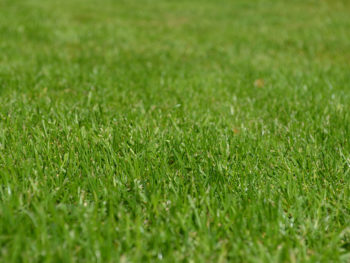
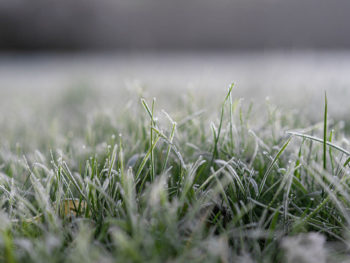
 Lawn jobs for summer to help your lawn survive the heat
Lawn jobs for summer to help your lawn survive the heat
